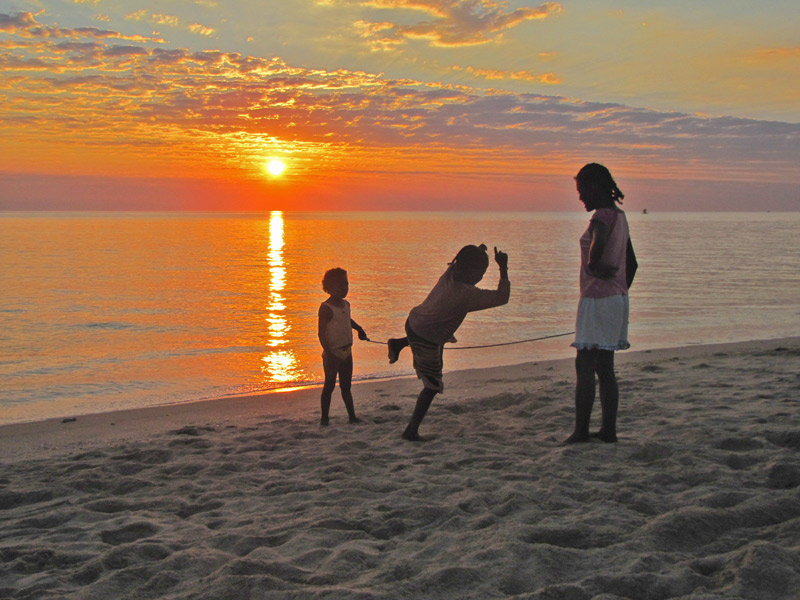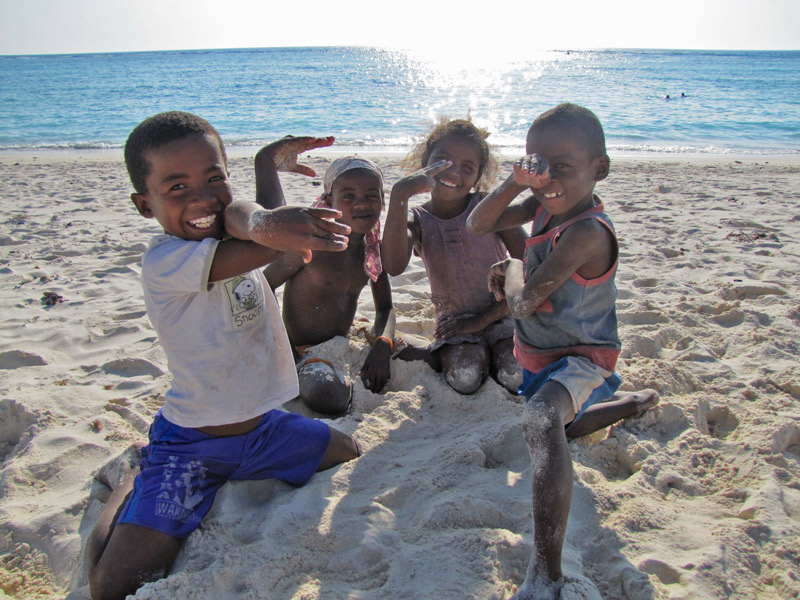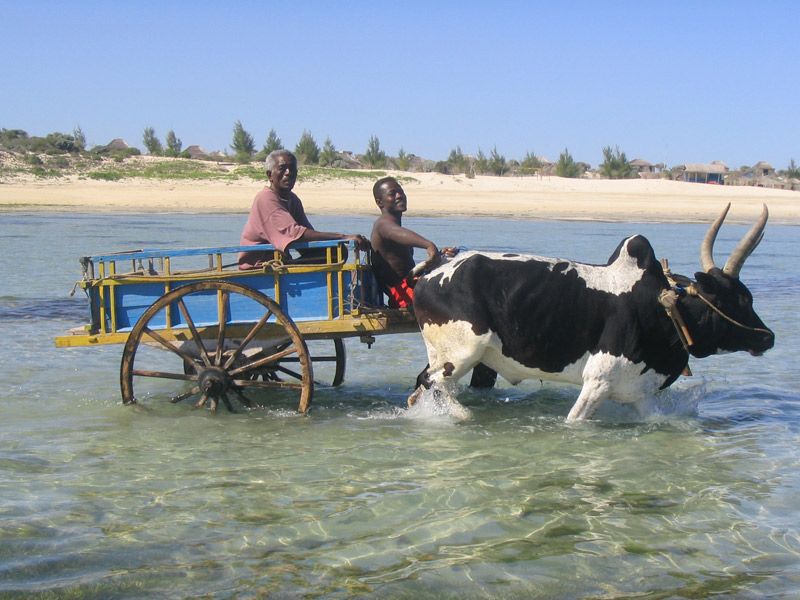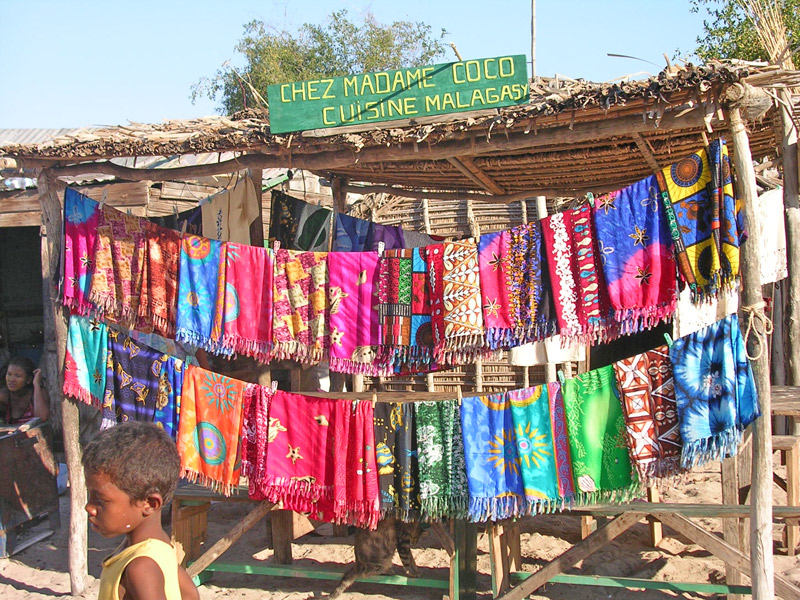The Malagasy ethnicities
Madagascar is divided into 18 groups of population which correspond more to ancient kingdom territories than to ethnical characteristics. Despite a few punctual tensions between the “plateau” and the “littoral” and the diversity of origins, the Malagasy people have been united for a long time, most of them truly claim themselves to be Malagasy.
On the coastal strip between the sea and the limestone cliff, the famous Vezo can be found by the sea (pronounced “Vez”) and more on the inside, the Tanalana (pronounced “Tanalane”). The Vezo are a subgroup of the Sakalavas whereas the Tanalanas are a subgroup of the Mahafaly (pronounced Mahalafal). The Anakao village is a good representation of this part of the coast as it is occupied by Vezos along the sea and by Tanalanas just behind. The Tanalanas are said to be the first inhabitants of the region. The Vezo, nomadic, came down there looking for fish-filled areas before settling themselves down. The Tanalanas are breeders and farmers which allows economic exchanges with the Vezo as bartering disappeared long ago in favor of money. Considering the lack of water, the main culture is manioc.
Another article is dedicated to the Vezo fishermen. The Anakao village, close to which the Longo Vezo hotel is located, is a big Vezo fishermen village.
The Mahafaly country is a big limestone plateau extending between the Onilahy river (between Tuléar and Anakao) and Menaranda river (separating the Mahafaly and Antandroy countries). These are semi-arid regions. Yet, the Mahafaly are farmers and breeders (zebus, goats). The Mahafaly are known for their colorful aloalo decorated tombs. The Tanalanas tombs are decorated with sacrificed zebu horns but in contrast no aloalo.






